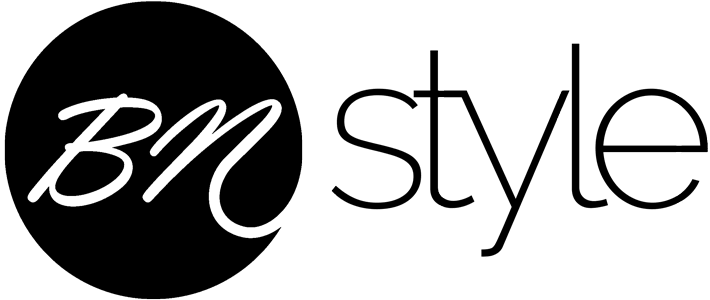Fashion designers aspire to create iconic designs, but achieving lasting success requires more than just creativity. Building a cohesive and self-sufficient team is essential for sustainable growth. This article explores strategies for fostering teamwork and creating a healthy work environment within the fashion industry, promoting collaboration among tailors, managers, and staff members. We will also discuss how to address and leverage the consequences of offences for personal and team growth.
 1. Team Building
1. Team Building
1.1 Effective Communication: Open and honest communication is the bedrock of a successful team. Designers should encourage open channels for tailors and managers to express ideas, concerns, and feedback. Regular team meetings, both formal and informal, can facilitate this.
1.2 Define Roles and Responsibilities: Clear definitions of roles and responsibilities ensure that everyone understands their tasks and associated expectations. This reduces conflicts and enables seamless team functioning.
1.3 Foster a Collaborative Environment: Encourage collaboration over competition. Emphasize that success is a collective effort, and every role is vital in achieving common goals.
 2. Creating a Non-Toxic Work Environment
2. Creating a Non-Toxic Work Environment
2.1 Zero Tolerance for Harassment and Discrimination: Implement stringent anti-harassment and anti-discrimination policies. Ensure that all team members are aware of these policies and the consequences of violations.
2.2 Promote Work-Life Balance: Advocate for a healthy work-life balance to prevent burnout. Flexible schedules and remote work options, where feasible, contribute to a supportive work environment.
2.3 Mental Health Support: Acknowledge the significance of mental health. Provide resources and support for staff members facing challenges. Mental well-being significantly impacts overall productivity.
 3. Consequences and Offenses
3. Consequences and Offenses
3.1 Progressive Discipline: Instead of immediate termination, consider a progressive discipline approach. For minor offences or performance issues, offer coaching and mentoring to help individuals improve.
3.2 Training and Development: Transform consequences into opportunities for growth by providing additional training and development programs. These programs can equip individuals with the skills needed to rectify their mistakes.
3.3 Termination as a Last Resort: Reserve termination for offences that seriously jeopardize the team or organization. Offences such as theft, harassment, or repeated major performance issues may warrant termination.
Conclusion
Building a successful fashion team that operates efficiently without constant supervision and fostering a non-toxic work environment is paramount for long-term success in the industry. By implementing these strategies and judiciously addressing consequences, fashion designers can nurture a collaborative and supportive team that thrives even in their absence. This leads to innovative designs and a prosperous future.




